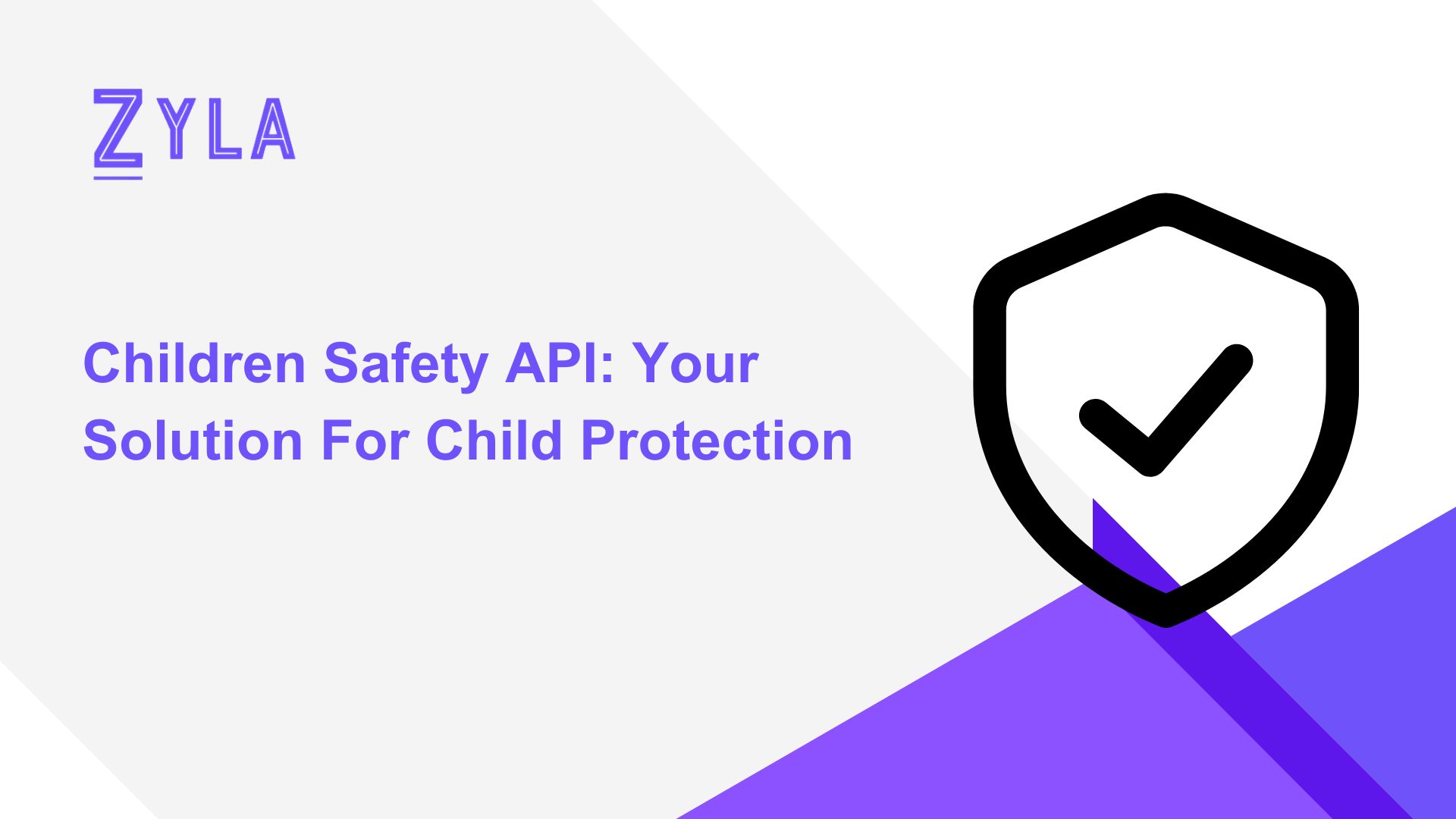Children Safety API: Your Solution For Child Protection

The protection of children online has become a top priority for parents, schools, and legislators in today's quickly changing digital landscape. Children are exposed to a multitude of risks and dangers online due to the widespread use of internet-connected gadgets and the growing integration of technology into every area of everyday life. Technology, however, also has the potential to offer answers to these issues and guarantee the security of our youngest digital citizens. A Children Safety API is essential!
Understanding the Growing Concern for Child Safety Online
As children spend more time online, whether for educational purposes, entertainment, or social interaction, they become vulnerable to various threats such as cyberbullying, exposure to inappropriate content, and online predators. The anonymity and accessibility of the internet make it challenging for parents and guardians to monitor and control their children's online activities effectively. Consequently, there is a growing recognition of the need for robust tools and mechanisms to protect children from harm in the digital realm.
Technology plays a dual role in addressing child safety concerns online. On the one hand, advancements in technology have facilitated the proliferation of online risks and threats. On the other hand, technology also offers innovative solutions and tools to mitigate these risks and enhance child safety. From parental control software to educational platforms promoting digital literacy, technology has the potential to empower parents and educators in safeguarding children's online experiences.
The Need for Children Safety API
The efficacy of traditional parental control tools, including website blockers and content filters, in safeguarding children online is compromised by their inherent drawbacks. These controls frequently rely on lists of prohibited websites or keywords that are predetermined and might not be sufficiently updated to reflect changing online dangers or sophisticated material.
Inadequate content filtering systems have the potential to expose kids to improper content by unintentionally blocking trustworthy websites or failing to identify dangerous content. Furthermore, kids can get around these restrictions in a number of ways, like by using proxy servers or viewing information on unattended devices.
Zyla API Hub
Zyla was established due to the realization that developers face similar difficulties when integrating different APIs into their apps. They want to remove these obstacles by creating an API hub that offers a single account, API key, and SDK. Zyla made the decision to open up its center to the public in order to assist developers by showcasing the current APIs and expediting the release of new ones.
1) To start testing, choose the API from your dashboard. To access the API's own homepage, just click on its name. All of the API's documentation, endpoints, and usage guidelines are available on this page.
2) Activating an API subscription is the first step towards conducting tests. Take advantage of every single seven-day free trial that is provided. It's crucial to remember that there will only be one hub API available during the trial period. A test method is included in all hub APIs. There is a testing area on the API page. Select "Test Endpoint" from this menu, then change the parameters as needed.
3) Visit the website to view the test results. You can evaluate the usability and usefulness of the API solution for your project by finding out more. Remember that you are losing some of your subscription each time you use an API request for testing.





